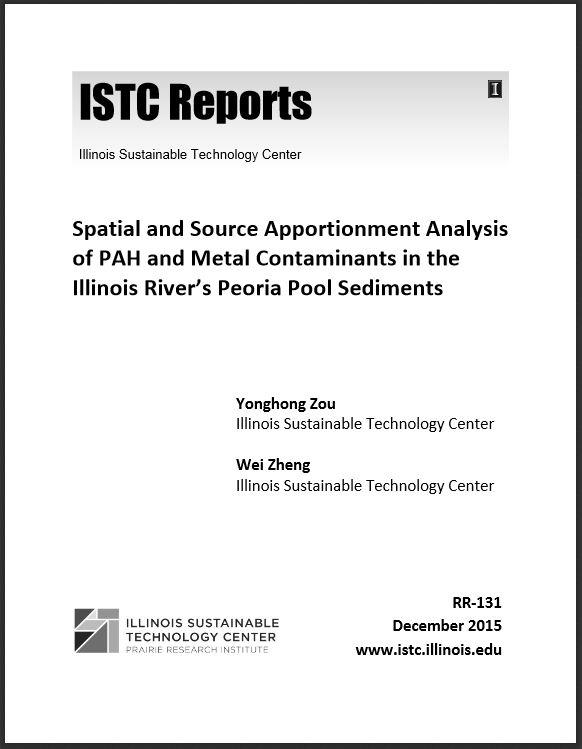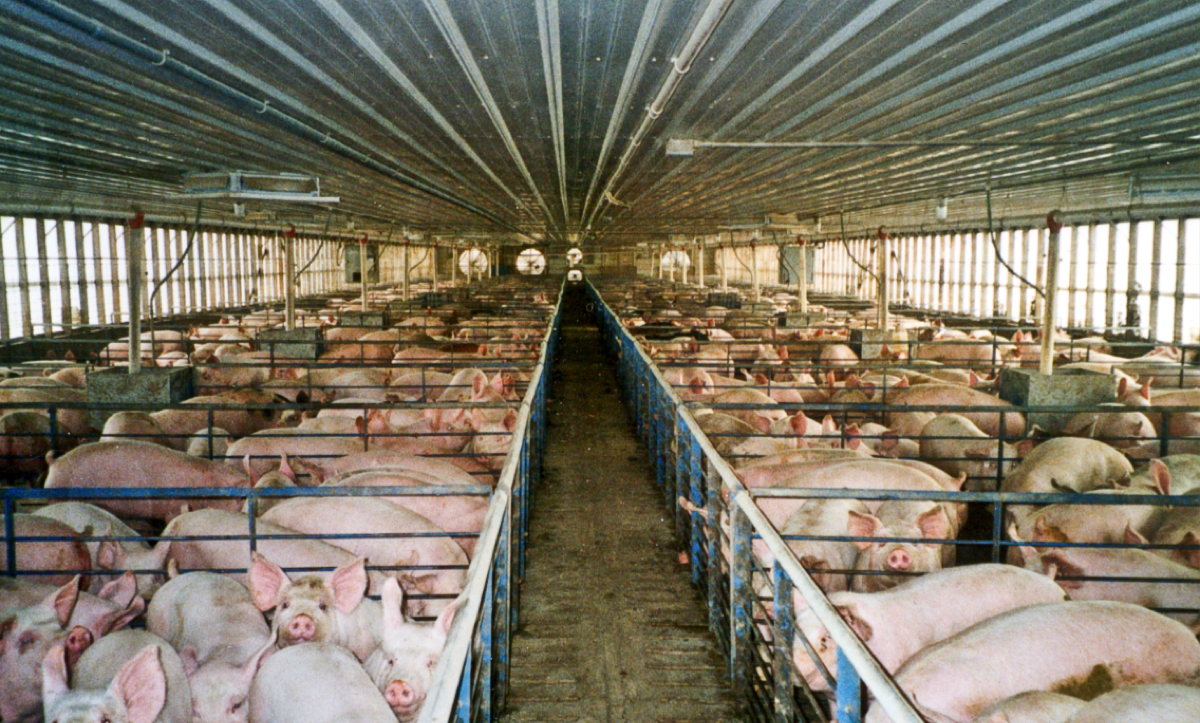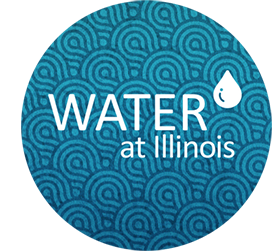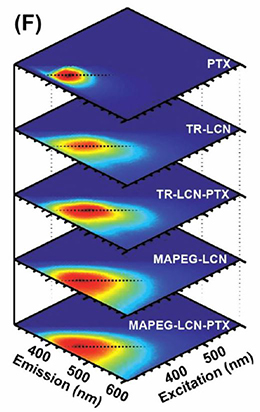 Videos of presentations at ISTC’s anniversary event provide a fascinating look at problems of pollution contamination in Illinois and how the Center contributed to the clean up. Links to the videos will be made available over the next two weeks as they become available.
Videos of presentations at ISTC’s anniversary event provide a fascinating look at problems of pollution contamination in Illinois and how the Center contributed to the clean up. Links to the videos will be made available over the next two weeks as they become available.
ISTC Looks Back, and to the Future During Anniversary
VIDEO 4: Craig Colten While working at the Center, Craig Colten, conducted pioneering longitudinal analyses of manufacturing techniques in urban manufacturing sites throughout the state. The work accounted for changing hazardous materials produced and changing waste handling practices over more than 100 years.
The research was valuable for understanding not just current threats but residues from long forgotten industrial sites. Building on this data, Colten was able to construct a general historical geographic model in urban areas, as well as a series of tools and applications including a Historical Hazardous Substance Data Base and a Historical Hazards Geographic Information System. These tools helped establish the ground work for Superfund litigation and the ability to support real estate transactions.
Colten and others at the Center became national leaders in sustainability by addressing emerging concerns about brownfields, as well as abandoned, derelict sites, especially sites where the industrial land use changed several times. He established the long-term relationship of industry and environment — adding a time component to our the state of knowledge about what was toxic, how wastes were managed, what was the technology for managing wastes, and what was the regulatory framework then.
Later Colten co-authored “The Road to Love Canal: Managing Industrial Waste before EPA.” Today he is Carl O. Sauer Professor of Geography, Louisiana State University.
NEXT UP: Jeff Levingood, “ISTC and the Other Surveys: Working Together to Solve Illinois’ Legacy Pollution Issues.”








